RESOURCES
We really hope you enjoyed your day carving with Barn! Here are some helpful resources on sharpening that will help you continue your journey.
These videos form part of over 180 hours of content you'll receive access to if you sign up for Spoon Club annual membership - plus, you'll get a free gift (we just ask that you pay postage)
SHARPENING
We define sharpening as, creating a shape, and polishing it - all of which is done with abrasives. We tend not to use the following words, although they are in common use:
GRINDING: Removing lots of material using a machine
HONING: Not using a machine. Using finer abrasives. Flattening a hollow grind, or putting on a secondary bevel.
STROPPING: The last stage in the process, using the finest abrasive
Why is this important?
The first step in learning to sharpen your tools, is knowing how to tell when they're blunt, and knowing why that is! This video goes into some things to look out for.
Why is this important?
Before you can sharpen a tool well, you need to understand it's three dimensional shape, and what factors go into making it sharp. This video will demystify some of that, so you know what to aim for in your sharpening.
Why is this important?
Abrasives are materials that can be used to grind away metal and sharpen your tools. There are many types, but it doesn't need to be complicated! We'll talk you through what abrasives are, how they work, and some good options to look out for.
Why is this important?
Being able to get your straight knife razor sharp (and keeping it that way) will make carving much easier and, combined with the right techniques, help you achieve a smooth finish.
Why is this important
A correctly sharpened spoon knife will help you achieve a smooth finish in the bowl
HOLLOWING
Get to grips with hollowing the bowl of your spoon as well as hollowing around the rim
Why is this important
Understanding the various techniques used for hollowing will make your hollowing safe and effective
Why is this important
Understanding the various techniques used for hollowing will make your hollowing safe and effective
